http://www.straitstimes.com/singapore/blogger-amos-yee-arrested-again
Alas, the teen YouTuber/Blogger has been arrested by the police for uploading offensive material with regards to Christianity.
How far do you cross the line when it comes to such thing? Is there even a definitive line? All is such a blur when it comes to such sensitive topics. Even topics such as racial, gender, and sexual preferences. We would be walking on really thin ice to be making a strong statement on any of the listed topics. For Amos Yee’s case, we would say that he definitely crossed several lines and went way beyond it, to have the authorities taking him.
This sparked a thought in me, if we had an opinion or a very strong argument and statement, where and how do we channel all these thoughts and emotions? And to what extend are we allowed to express our views? Some might channel it inwards, hold their silence, but condemn, cursing and swearing to themselves. Others might choose a more explicit approach by starting movements, campaigns, or releasing media texts through online social media platforms. There are also another group who might approach in a more artistic approach channeling all their ideas through art forms such as writing songs, producing films, or just painting a picture. But where do we find that balance and reach that stage of “Okay, this is enough, I’ve said what I wanted to say…” and move on?
As the old saying goes, “if you have nothing nice to say, don’t say anything”, this makes me wonder, do people still apply that line to the things that we may express, wether is it verbally or through writing? We live in a day and age where we have almost a stand in everything. Either you’re for or against something, if you’re not with us, you’re against us, are you an iPhone or a Android person? Are you a winter or summer person? Do you prefer to work under immense pressure or take things slow? The list goes on and you get the idea. Hence, all these different “sides” and depending on which “side” that you’re on would generate many, MANY, different views and opinions which may sway one’s perspective on leaning to the other. But in the first place, are all these “sides” and views necessary?
We go back to the old school yard, we see kids with the latest, most sophisticated watch that could talk and announce the time every hour, on the hour and visually really appealing to the 5 to 10 year olds. However, we have a kid that wears his usual workhorse watch that serves no other purpose but to just to tell the time. Due to the peer pressure and his circle of friends wearing, conversing, comparing, and so on about that highly sophisticated watch, our little friend would want a piece of the action too and aspire to be included to all these hype. Goes home to mum and dad to ask for a new watch, but to mum and dad, ultimately, it’s still a watch that tells the time and sees no purpose in getting their boy a new watch with all the extra features. Our little boy then feels left out and detest his current watch. At the end of the day, all we need is just a watch to tell the time. But it’s that longing need to socialise and interact with people, immerse one’s self into the whole conversation and topic, to feel included and to be apart with the pack.
Now what I just describe in the above is just hypothetical, and completely made up as I am writing this entry. BUT! We can’t deny the fact that it is actually happening right in this very age we live in. At such young budding age, we’ve been exposed to such “school yard” challenges to be accepted into a group, what more when we reach adulthood. Do we want to be left alone and be the lone ranger? Or to be included into everything in your social groups?
For me, if I can’t seem to settle for an argument, this phrase certainly fits in, “to each their own.”. And this certainly applies for not everything, but most of it. There are just some things you can’t brush just one phrase over it to cover what really lies beneath it.


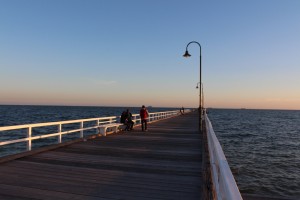




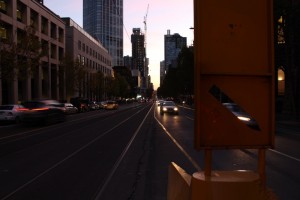





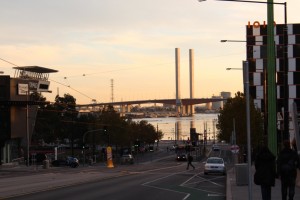
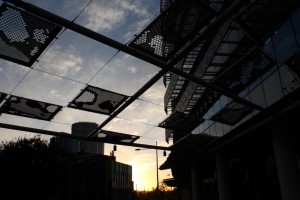


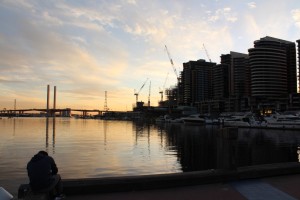
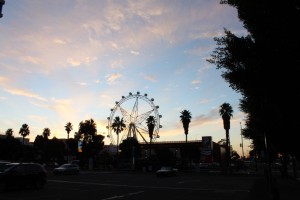



Recent Comments